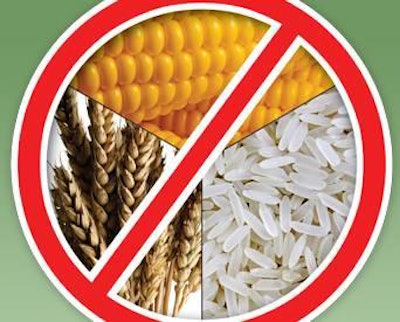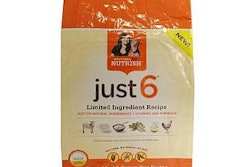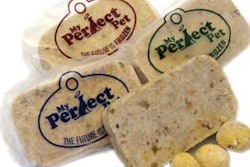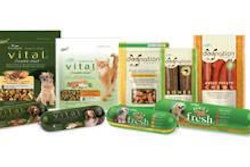
Food allergy and intolerance in dogs and cats are potentially serious problems that can result in sensitive or irritated skin, coat and ear conditions or gastrointestinal upset. Pets that have adverse reactions to food typically experience an abnormal response to the protein in their diet. To avoid multiple visits (and bills) from the veterinarian, consumers who have companion animals with intolerance to certain ingredients are realizing it is even more important to feed the right food.
Because every dog and cat is unique, it's sometimes very difficult to determine what causes food-related allergies and what doesn't. Common petfood culprits include wheat, corn, rice and soy. Various proteins also create their share of problems in certain pets, especially those with sensitive digestive systems. If an animal is excessively itching and scratching, a lack of omega-3, -6 and -9 fatty acids can cause their skin and coat to be dry. According to Gene Sower, author of the ebook The Dog Food Report: Do You Know What You're Feeding Your Dog?, unwarranted and compulsive foot licking, or chewing and biting other parts of the body, are generally a sign that allergies are to blame.
Assuming it's food allergies and not environmental, many vets and pet nutritionists recommend substituting a protein source. Lamb is often used for this purpose, because it's not as common an ingredient. Lamb, in and of itself, is not "non-allergic," but it's less common than chicken and beef so it enables a pet parent to introduce something new into the animal’s diet, in effect, starting with a clean slate. Other unlikely protein sources include salmon, fish meal, venison, buffalo and rabbit.
According to Sojourner Farms, makers of Sojos Natural Dog and Cat Foods, dogs, and some cats, typically do not naturally produce the correct enzymes to break down certain foods, like wheat and corn. Without that natural enzyme, a lot of dogs will have a problem trying to digest a typical, commercial petfood, which typically manifests itself with dry skin, sores, diarrhea, and other problems resulting from the allergy. Sojourner Farms believes if consumers feed raw, “human-quality” grains, the enzyme will remain intact, and there will be no food allergies associated with the corn and wheat. Sojos doesn't contain wheat, corn or soy and uses low-gluten grains like oats, rye, barley and quinoa.
Hill’s Prescription Diet z/d Canine Ultra Allergen-Free is formulated with Hill's Hydrolyzed Protein System, highly digestible proteins that minimize the chances of allergic reactions to food and non-intact animal protein to help avoid common food allergens, the company says. The formula consists of highly digestible carbohydrates and fats to help reduce gastrointestinal workload, increased amounts of omega-3 and -6 fatty acids to help nourish the skin and added antioxidants to control cell oxidation and promote a healthy immune system and skin barrier function, according to the company.
Nature’s Variety introduced Instinct Limited Ingredient Diets for dogs and cats earlier this year. Instinct Limited Ingredient Diets provide grain-free, gluten-free nutrition with one protein and one hypoallergenic starch, combined with just a few other wholesome, natural ingredients, says Nature’s Variety. The formulas are coated with an exclusive green tea antioxidant blend for added flavor and nutrition and contain turkey meal/lamb meal, tapioca, canola oil, peas, coconut oil and vitamins and minerals. The Limited Ingredient Diets do not contain chicken, beef, fish, eggs, dairy, grain or gluten, the company says.
Nature’s Recipe offers Grain-Free Easy-to-Digest Chicken, Sweet Potato & Pumpkin Recipe and Salmon, Sweet Potato & Pumpkin Recipe for dogs. The line is completely free of grains, beef, corn, wheat or dairy products, which the company claims provides health benefits in the form of nutrient-dense, healthy carbohydrate sources that replace grains for ease of digestion. According to the company, the Grain-Free Easy-to-Digest formulas list either salmon or chicken as the number one ingredient, are made with antioxidant-rich fruit and vegetables and contain no artificial preservatives, colors or flavors.
















